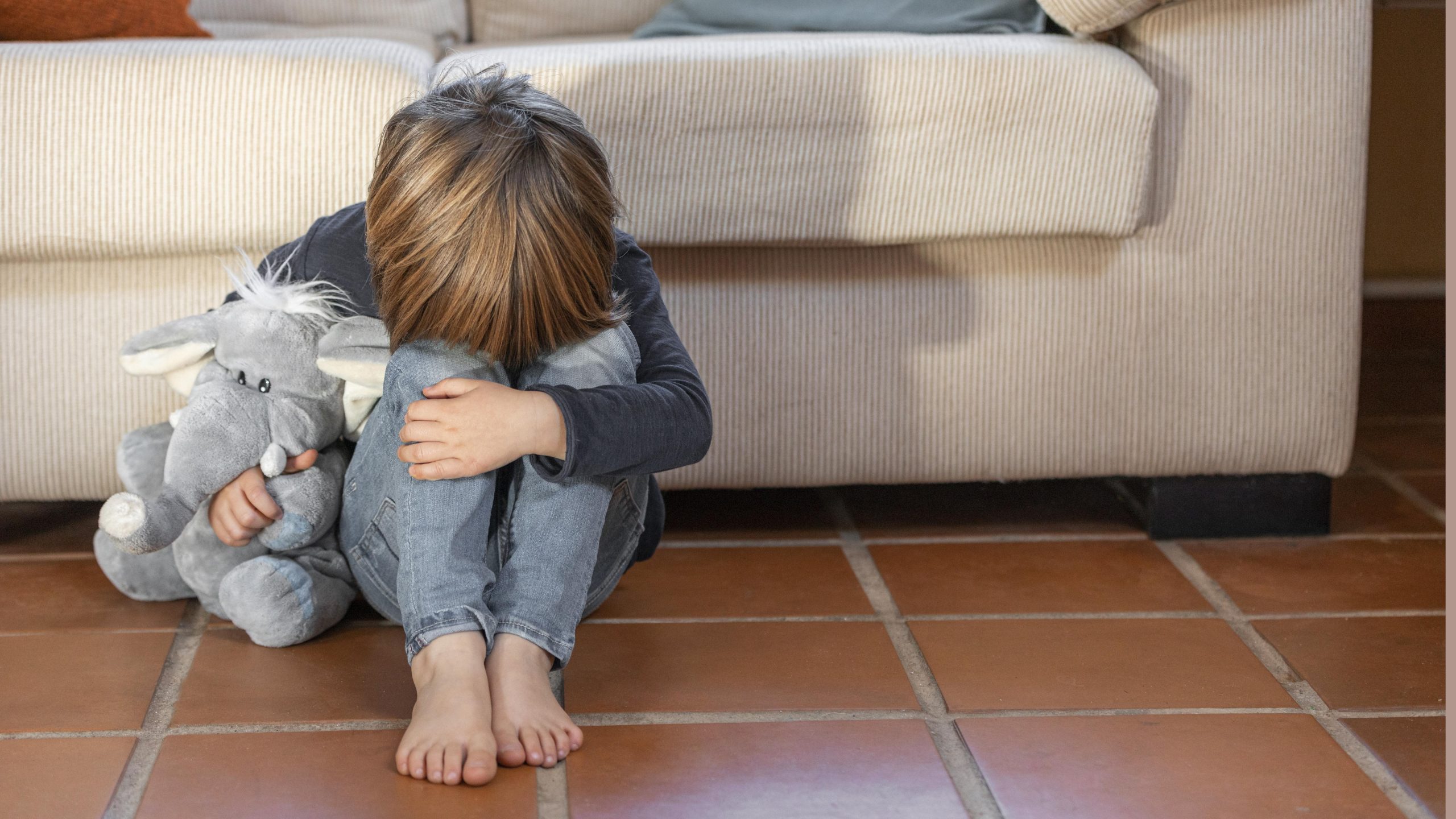Domestic violence is becoming increasingly common in our society. While the media and other actors in such events mostly focus on the perpetrator and the woman as a victim or vice versa, we often neglect that children suffer in such relationships.
Some research has shown that in homes where one form of violence occurs, there is a 45% to 60% chance that child abuse will happen simultaneously, and that children, even when not physically attacked, witness 68% to 80% of domestic violence.
How can we help children who watch their parents argue and fight?
We must not forget that the majority of domestic violence cases go unreported, and the reasons for this vary. We can conclude that there are many more instances of domestic violence than those reported in newspaper articles.
We often hear that women endure violence because of their children, but by enduring violence, they also harm the children, thus doing immense damage to the children by not reporting it and staying in a violent relationship.
According to data from the USA between 1993 and 1997, about 5000 children died due to abuse. This means that, on average, three children died every day from the consequences of violence and neglect.
45% of the children were known to child protection services as previous victims of violence.
Moreover, data from the USA for 2003 is even more alarming and shows that children are increasingly victims of domestic violence every year. In 2003, the number of reported cases of abuse and neglect was 2,900,000, while the number of confirmed cases of abuse and neglect was 906,000, with 1500 deaths due to abuse and neglect, which is more than four children a day.
What is most disturbing is that domestic violence usually becomes “acceptable” to children.
As consequences for child victims of domestic violence, besides the emotional consequences, children exhibit numerous changes in behavior. Their reactions are to withdraw, lack developed skills for social relationships, distrust the environment and people, and exhibit extremely aggressive behavior. In the context of peer violence, often those children who have experienced domestic violence are violent.
Babies and young children also suffer the consequences of domestic violence, even in the prenatal period.
A pregnant woman exposed to violence feels fear, is under constant stress, and all this leaves consequences on the fetus. The mother’s feelings and the hormones secreted during this time reach the baby.
Unlike everyday stress and stressful events to which almost every pregnant woman is exposed (work, rush, lack of time, etc.), violence is a traumatic event that carries far-reaching consequences, especially in situations where the future mother is under constant fear and pressure. In this way, the baby suffers violence even before coming into the world, which undoubtedly leaves consequences on the child’s entire future development.
Victims of 2/3 of abuse are children under 3 years old, and half are infants aged 3-5 months.
Typical circumstances include frequent changes of healthcare institutions for fear of revealing that there has been violence in the family. To try to prevent this problem in the future, the Center for Missing and Abused Children will focus its efforts on forming a system that will prevent such abuses through a unified systemic register.
As domestic violence becomes more widespread, we must not forget that innocent victims, the children, suffer in all this, because wounds without bruises leave deeper consequences.


